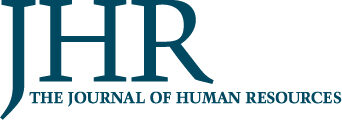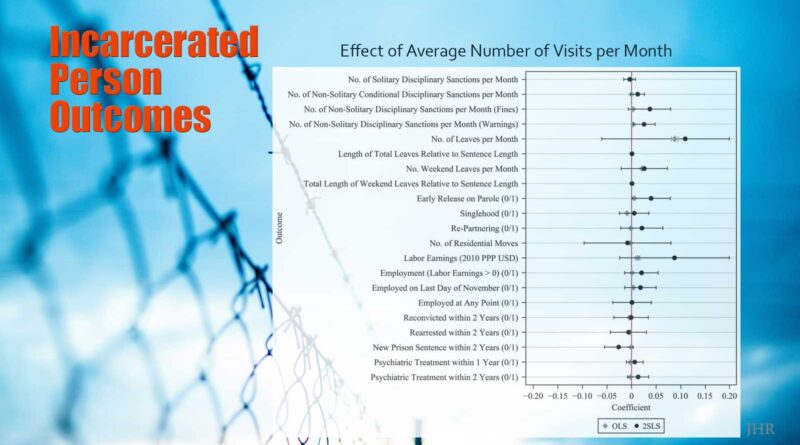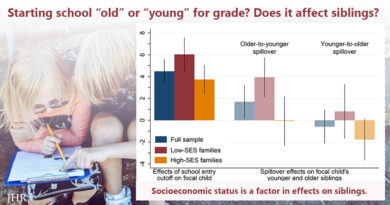Is Increasing In-Prison Visitation the Key to Rehabilitation? Research Says Probably Not
Incarceration separates millions of families each year worldwide, but we have limited knowledge on prison visitation’s effects on the outcomes of incarcerated persons or the visiting family members. The challenge of researching the effects of more visitation is that families with more visitations are also more likely to have better outcomes to begin with. Researchers Lars Højsgaard Andersen, Maria Fitzpatrick, and Christopher Wildeman exploited population data from Denmark on all incarcerated persons and the visits they received during confinement, using capacity constraints to better compare visitation effects.
These data allowed them to compare incarcerated persons further away from their potential visitors because of capacity constraints in the prison they were otherwise supposed to be placed in, and which led to a decrease in visitation. Results show that changing the amount of visitation during confinement in this way did not affect any of the several key outcomes we had access to in the Danish registries, both outcomes of the incarcerated person and the family members—including children.
By implication, distance from home matters for visitation. If society wants to secure contact between family members during imprisonment, it will require thinking carefully about prison assignment. But visitation is unlikely to have the largely beneficial impacts on outcomes that have previously been hypothesized.
What’s the bottom line? According to the team: “Although there are strong ethical and moral reasons to facilitate and promote visitation among families during incarceration, there may be at most few pragmatic benefits of doing so when it comes to the behavior of incarcerated persons or the well-being of their families.”
Read the article in the Journal of Human Resources: “How Does Visitation Affect Incarcerated Persons and Their Families? Estimates Using Exogenous Variation in Visits Driven by Distance between Home and Prison,” by Lars Højsgaard Andersen, Maria Fitzpatrick, and Christopher Wildeman.
***
Lars Højsgaard Andersen is a research professor at the ROCKWOOL Foundation in Copenhagen. Maria Fitzpatrick is a professor of economics and public policy the Jeb E. Brooks School of Public Policy at Cornell University and a Research Associate at the National Bureau of Economic Research. Christopher Wildeman is a Professor of Sociology at Duke University and Professor at the ROCKWOOL Foundation Research Unit.




